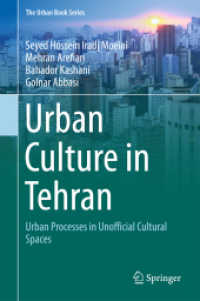Full Description
This two-volume set LNCS 15829-15830 constitutes the proceedings of the 29th International Conference on Information Processing in Medical Imaging, IPMI 2025, held on Kos, Greece, during May 25-30, 2025.
The 51 full papers presented in this volume were carefully reviewed and selected from 143 submissions.








